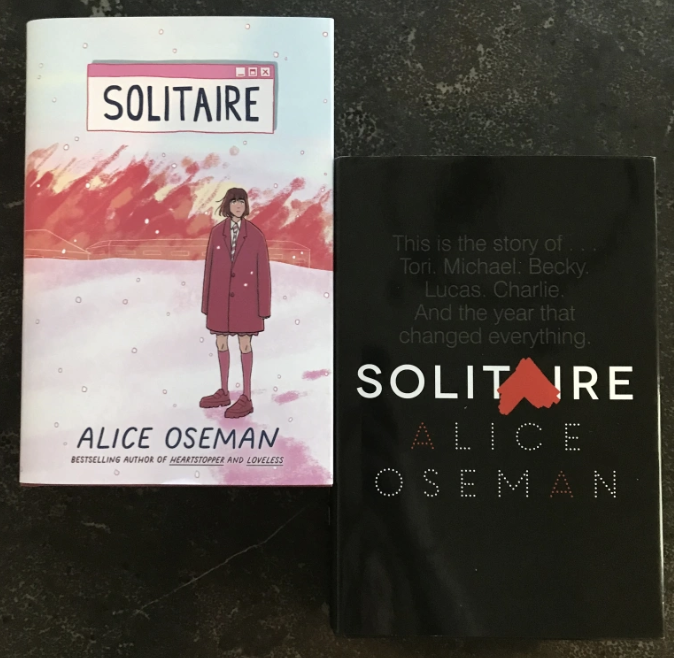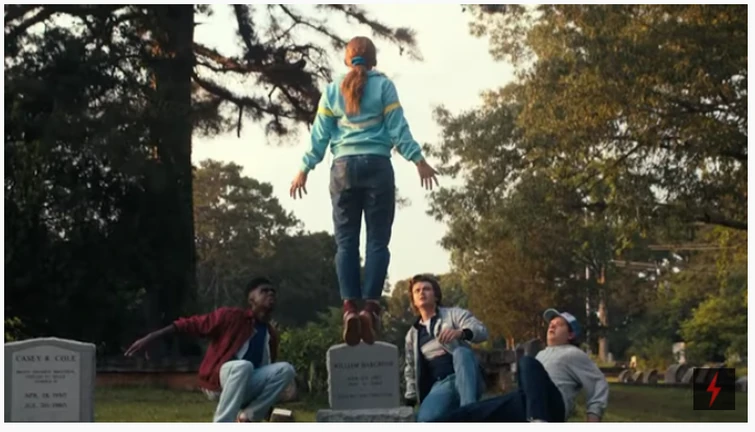
Is it possible to be a millennial fantasy fan without having been deeply into Percy Jackson and the Olympians? If it is, I wouldn’t know: as a kid, I was deeply into Percy Jackson and the Olympians. Correction: to this day, I am deeply into Percy Jackson and the Olympians. Even though I’ve supposedly aged out of the target audience, I still buy each new book as it is released. I think the only Rick Riordan book I’ve skipped is Daughter of the Deep, and even that I’ve not as much ‘skipped it’ as ‘haven’t gotten to it yet’ (the delay is because I didn’t care for 20,000 Leagues Under the Sea). I love Riordan’s world of sassy demigods and epic prophecies, and his deep roster of characters lets each story have a slightly different feel while still having a definite collective energy.
One of my favorite recent additions to the canon was The Hidden Oracle, the first of the Trials of Apollo series. In it, we see the god Apollo (in the form of a mortal teenager) team up with his son Will and Will’s boyfriend Nico, who has been a central character in the extended PJO universe almost from the very start. I loved Nico and Will in that book, and immediately wanted to spend more time with them. I was going to read the newest book regardless, but I was particularly excited by the prospect of a novel focused on those two because their opposites-attract energy was a major highlight of the Trials of Apollo and I was lightly disappointed that only a few of the books in that series capitalized on it.
Additionally, Rick Riordan’s obvious dedication to using his platform to represent underrepresented groups, particularly the LGBTQ+ community, is a huge point in his favor. There have been important queer characters in most of his recent books, but The Sun and the Star is the first one to focus on a gay character in such an upfront and obvious way. That was exciting enough in of itself, but Riordan’s decision to bring in Mark Oshiro—a queer Lantinx writer—as his cowriter seemed an especially promising sign: Oshiro is a talented writer with several novels under their belt, but they don’t have the platform Riordan does. Riordan could have told Nico and Will’s story himself. I suspect he would have done a good job of it alone, as he is a great writer and works very hard to represent minorities in honest and sympathetic ways. But he didn’t do that, because no matter his intentions or his research, he couldn’t understand that experience like an LGBTQ+ writer could. By teaming up with Oshiro, Riordan is both extending his platform to a minority voice and ensuring authentic representation. He’s a good egg in addition to being a good storyteller.
Is The Sun and the Star a standalone novel?
Yes and no. While The Sun and the Star is technically a self-contained story with a complete adventure in it, it builds off Nico’s existing story from the previous novels. For that reason, I’m attaching a spoiler warning here, not for The Sun and the Star but for the previous books. I don’t spoil much, but there is a significant sacrifice in The House of Hades and a major character death in The Tyrant’s Tomb, and any discussion of The Sun and the Star has to acknowledge them at least in passing.
The Sun and the Star’s plot is an extension of a storyline in the Heroes of Olympus series, and the emotional storyline—which is about Nico’s trauma and depression—reaches back even farther, all the way to Nico’s first appearance way back in The Titan’s Curse. There are repeated references to almost all of the most significant events in Nico’s story across all the previous books he appears in. I have listed all the books below in order and have indicated the ones which have significant and oft mentioned events on Nico’s timeline.
Here’s the order for the books/series:
Percy Jackson and the Olympians
- The Lightning Thief
- The Sea of Monsters
- The Titan’s Curse (Nico’s first appearance)
- The Battle of the Labyrinth
- The Last Olympian (Will’s first appearance)
The Heroes of Olympus
- The Lost Hero
- The Son of Neptune
- The Mark of Athena (this is the one Nico spends imprisoned in Tartarus)
- The House of Hades (this is Bob’s big book, as well as being the one with the Cupid incident)
- The Blood of Olympus (this is the one with Nico and Will’s first significant interactions)
The Trials of Apollo




